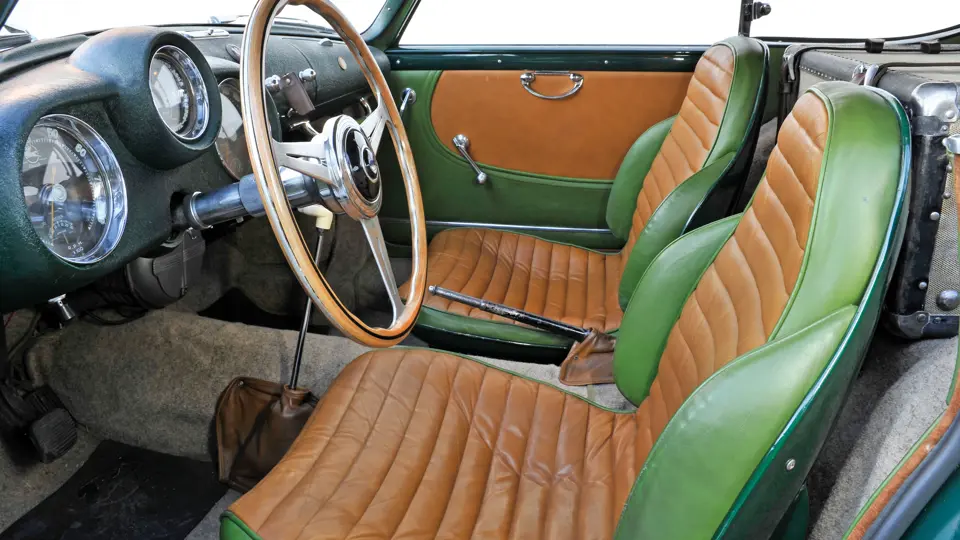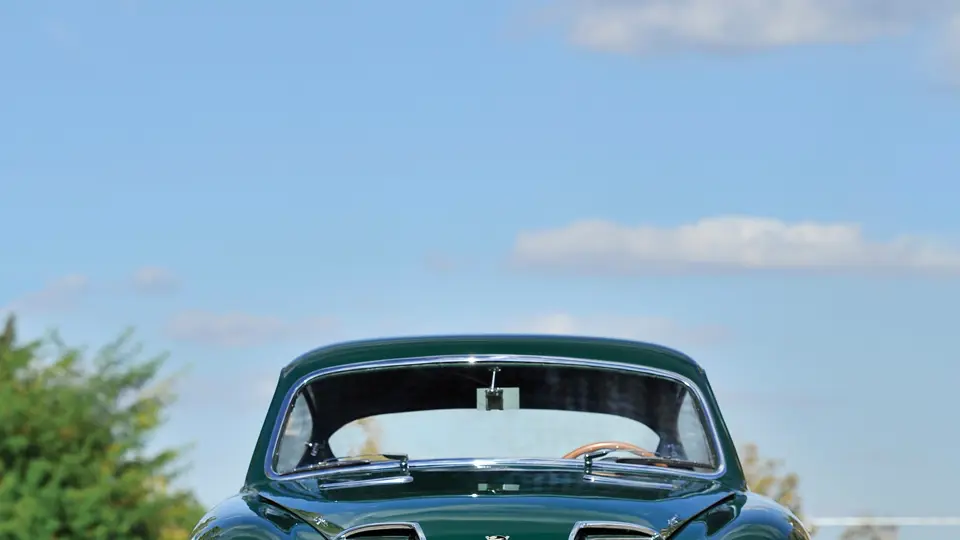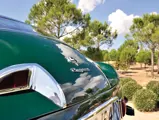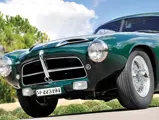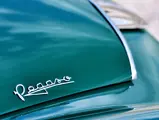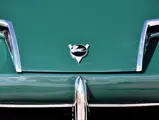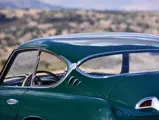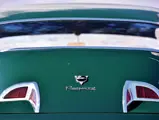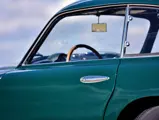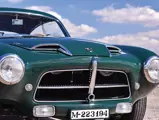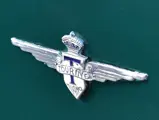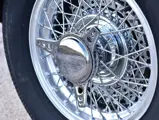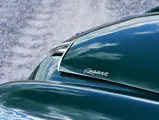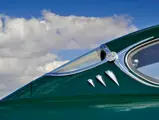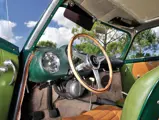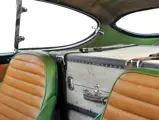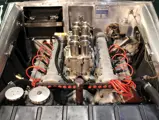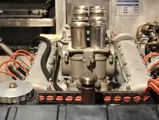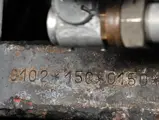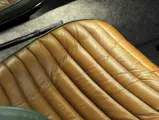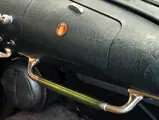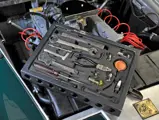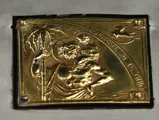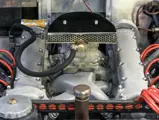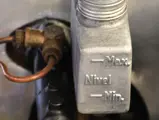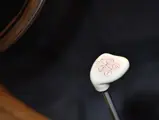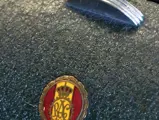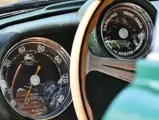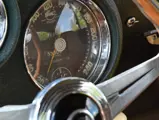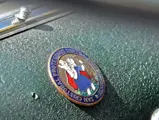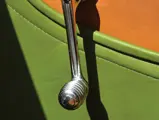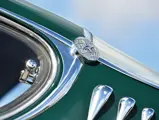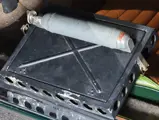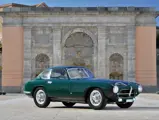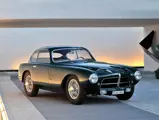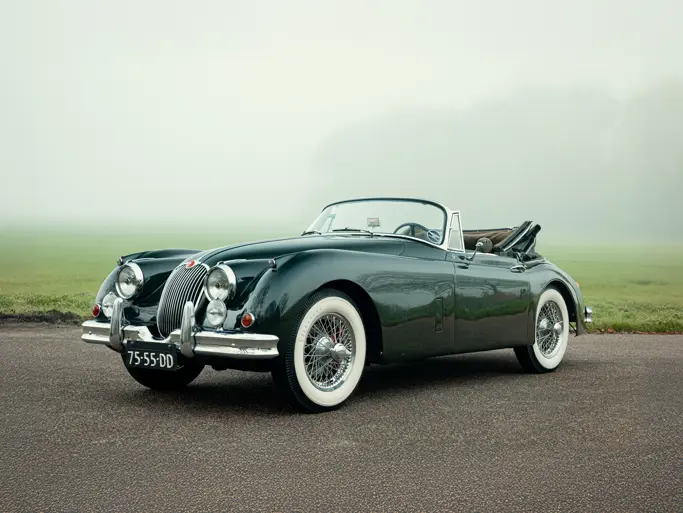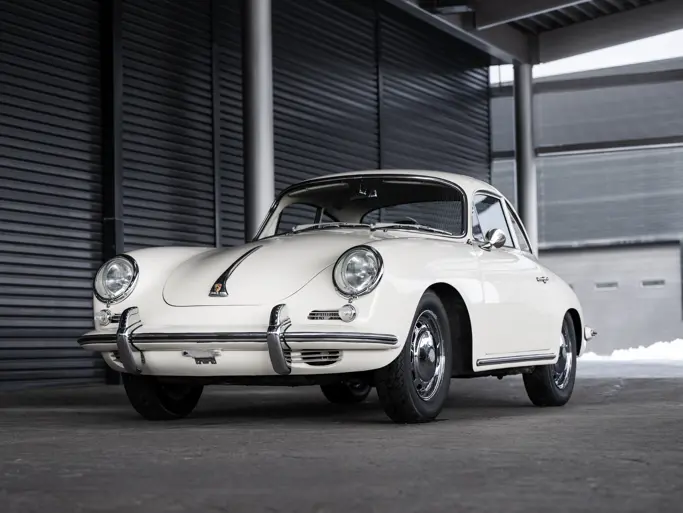
1954 Pegaso Z-102 3.2 Berlinetta by Touring
{{lr.item.text}}
$742,500 USD | Sold
{{bidding.lot.reserveStatusFormatted}}
- Invited to the 2016 Amelia Island Concours, where Pegaso will be a featured class
- The technically sophisticated Spanish supercar that thrilled the world
- The finest original, unmolested surviving example
- Shown at the 1954 San Remo Concours; avid period competition history
- Only four Spanish owners from new
Please note that this car has been invited to the 2016 Amelia Island Concours d'Elegance, where Pegaso will be a featured class.
223 bhp, 3,178 cc DOHC V-8 engine with two Weber four-choke carburetors, five-speed manual transmission, independent front suspension, De Dion-type rear axle, and four-wheel drum brakes. Wheelbase: 92 in.
The Pegaso’s story is unlikely to the point that even Preston Tucker would have scratched his head in wonderment. That a totalitarian dictatorship would decide to further Spain’s reputation by building a world-beating sports car in a state-owned truck factory (ENASA) using a brilliant engineer brought in for the occasion was rather unusual in its own right. That this would be done in a time when Spain was crawling its way back from the economic doldrums of its own civil war and World War II was stranger still. But most surprisingly of all, this unlikely scenario produced an automobile that was no mere flash in the pan but a superb, advanced sports car that incorporated the best of the latest in racing car technology. It was an in-your-face, unabashed Ferrari challenger, right down to the name; if Ferrari’s horses would prance, then the Spanish horses would fly.
The aforementioned engineer was Wilfredo Ricart, an experienced designer and engineer whose previous associations included working for Alfa Romeo and being one of the numerous rivals of Enzo Ferrari. Ricart’s design for the Pegaso was innovative, interesting, and completely up to the moment, including use of a four-cam, all-alloy V-8 with dry-sump lubrication and a five-speed rear transaxle, something that would not become a fixture on Ferraris until the 275 GTB of 1965.
Initial prototype work was done in steel, which, perhaps unsurprisingly, turned out to be heavy, sluggish, and unremarkable in performance—which would not do. Carrozzeria Touring then stepped in and facelifted the cars, including lowering the bodies, repositioning the fog lights, replacing the grille, and revising trim throughout, as well as, most importantly, switching to lightweight aluminum outer panels. It was Touring’s work that would account for the majority of coachwork on the Pegaso chassis. The end result of all this work was that Pegaso eventually claimed a top speed of 160 mph—enough, indeed, to beat a production Ferrari.
The downside of the Pegaso was that while it proved that a struggling agricultural economy could build an outstanding sports car, it also demonstrated that it took a lot of money to do it. Production of these cars spared no expense, which in turn placed a great deal of financial strain on a firm that was, after all, mainly focused on building nice, solid trucks for nice, stolid government agencies. Eventually the project was summarily written off, and the Pegaso flew for the last time in 1958 after approximately 84 chassis had been built.
CHASSIS NUMBER 0150
The Pegaso offered here is in many ways an iconic example of the “Spanish Ferrari,” with classic, well-proportioned, and simply elegant Touring Superleggera coachwork on the highly developed Z-102 chassis. This is even more appropriate when one considers that this particular car has remained in Spain continuously since new, enjoying only four owners, the first of whom was a fascinating sportsman and the last of whom has held on to the car for the last 35 years!
The story, of course, has to begin with the sportsman, José María de Caralt y Borrell, the second Conde de Caralt, heir to a royal title originally bestowed upon his father by the deposed King Alfonso XIII. The second Conde de Caralt was an industrial engineer and operator of a prominent textile factory and winery, which together imbued him with a deep knowledge of both the good life and fine machinery. He was a popular figure in Spanish auto racing during the 1950s and preferred his own country’s Pegaso for sport.
Chassis number 0150 was first displayed by the factory at the Concorso d’Eleganza at San Remo, Italy, in April of 1954. It was then sold to its proud first owner, the Count of Caralt, who raced it in numerous events during 1954 and 1955, with his most prominent finishes being 2nd in Class and 4th Overall in the May 2, 1954, Climb to Alto de Los Leones and 2nd in Class and 3rd Overall in the May 30, 1954, Grand Prix National Sport at Barajas. Two months after his first race, a new 3.2-liter engine replaced the original 2.8-liter unit, just in time for the I Vuelta a Andalucia in June 1954, with numerous other podium finishes being achieved in his class at various Spanish events over the following year.
In early 1956, the car was returned to the factory and refinished in a metallic apple green and matching upholstery, with its engine renumbered to match the chassis number in preparation for sale to a new owner, Señor Rodríguez of Madrid. In 1960, it was sold to Señor Gruber from Bilbao and then passed in 1981 to its current owner, who had it refinished in the present dark green hue. In their seminal Pegaso reference work, Ricart, Pegaso: La Pasión del Automóvil, Carlos Mosquera and Enrique Coma-Cros note that the car was still in Spain, “in perfect working order and preservation.” In fact, the car was used in 1982 as the poster vehicle for the first major exhibition of Pegasos, in Barcelona. It was further discussed in the recent work La Aventura Pegaso by Mario Laguna.
Indeed, the car has remained in Spain until the present day and is offered here, in similarly well-preserved condition, by its fourth proud Spanish owner. So well preserved is the car that the original spare tire still has its manufacturer’s labels on the tread, and the complete, beautifully crafted tool set is still intact. It is the rare, superb combination of originality and period competition success that together make what is perhaps the most authentic and unmolested surviving Pegaso—a testament to Spanish vigor and to the happy remembrance of an unlikely world-beating sports car that sprung forth from the battered roads of Spain in the 1950s.

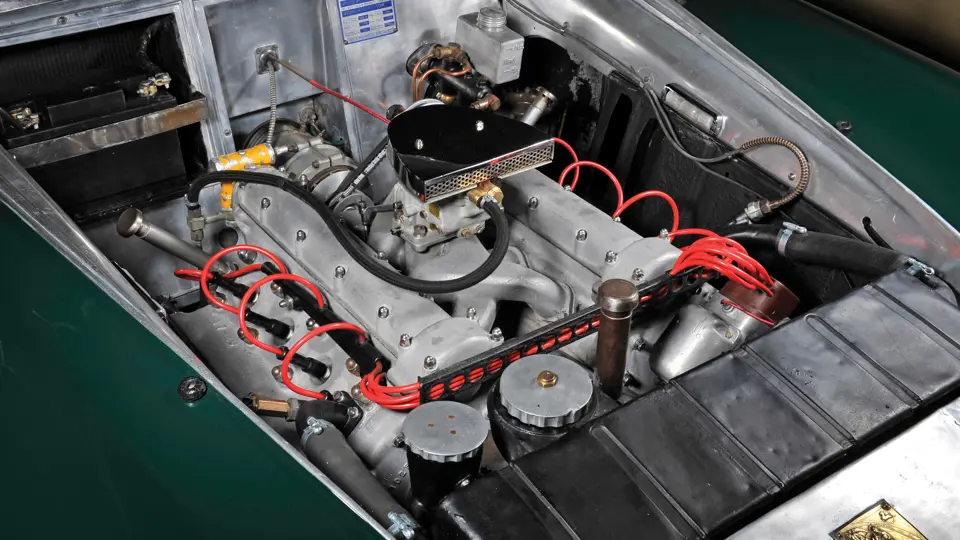
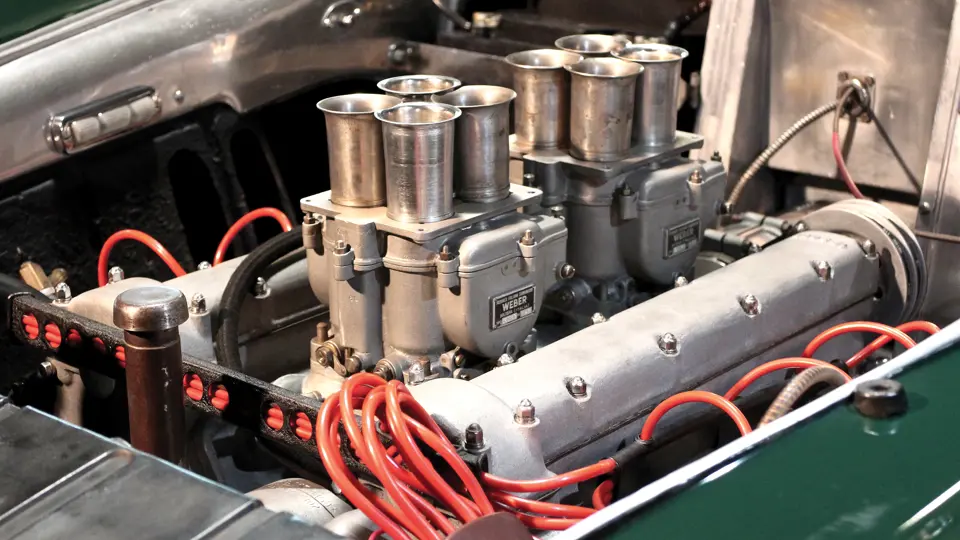

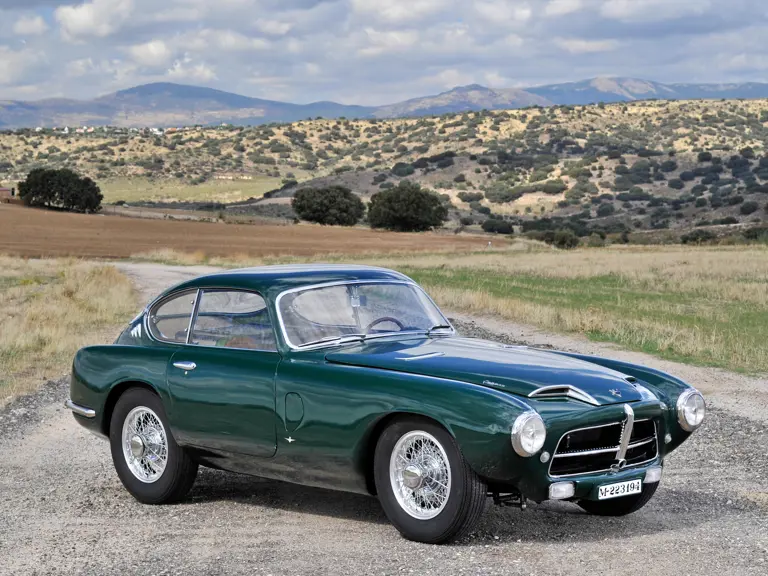
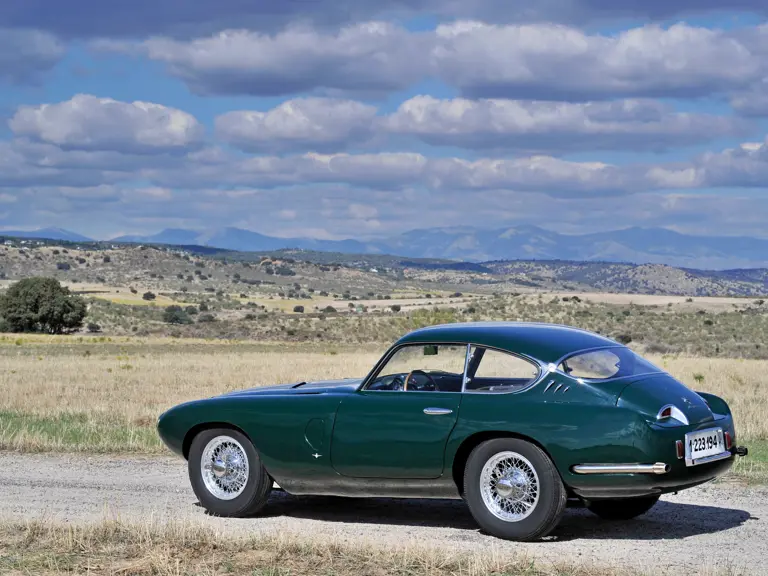
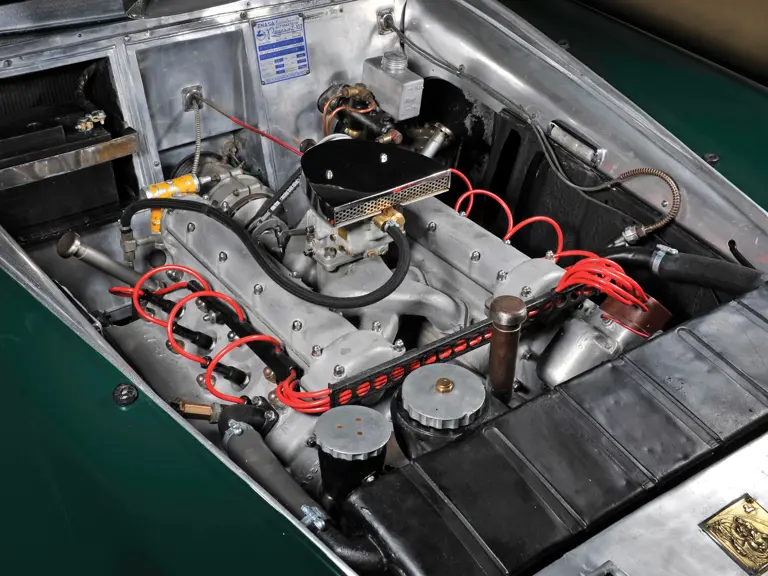

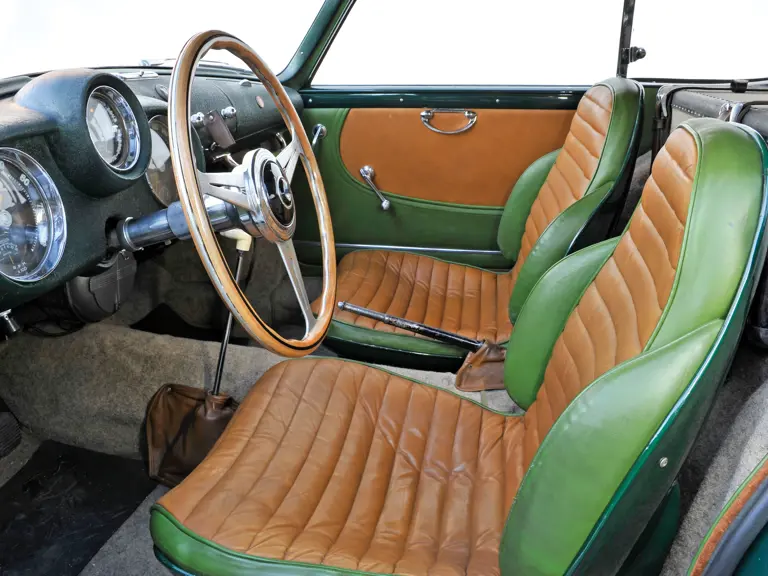
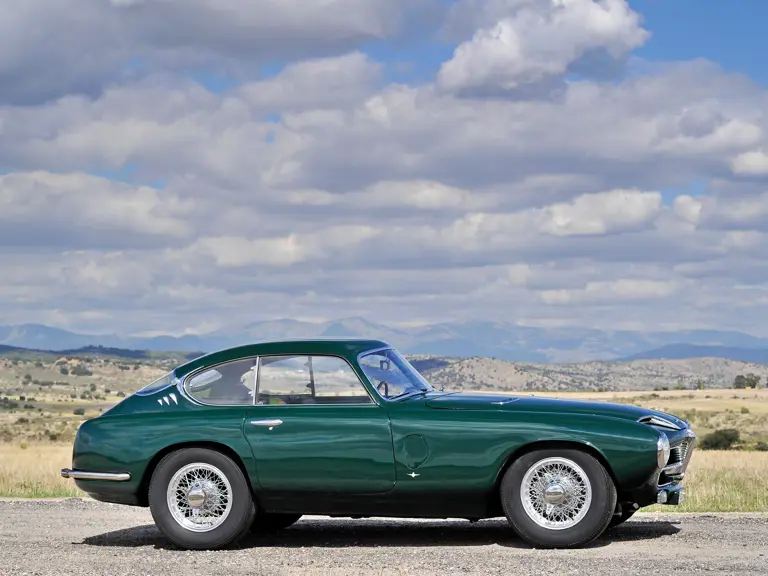
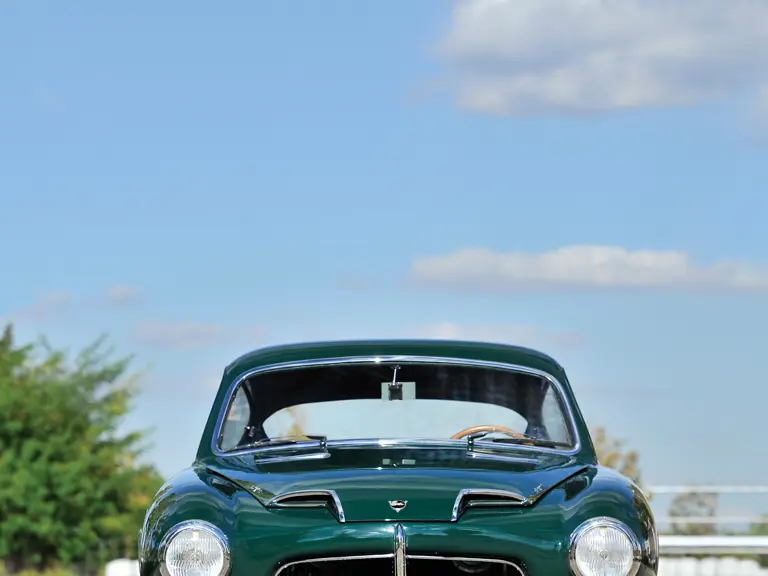
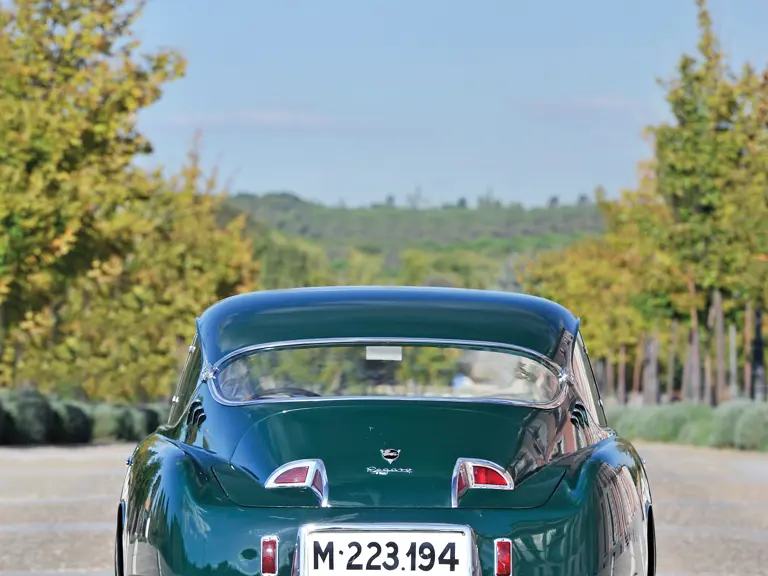


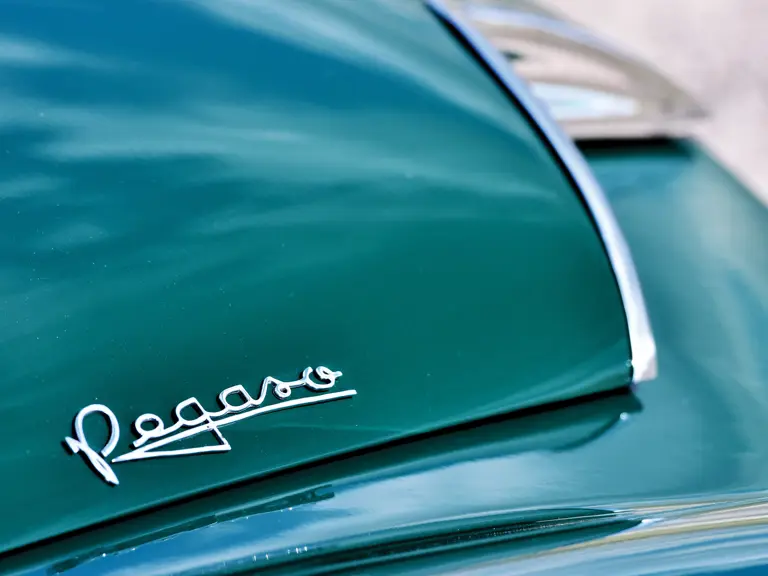

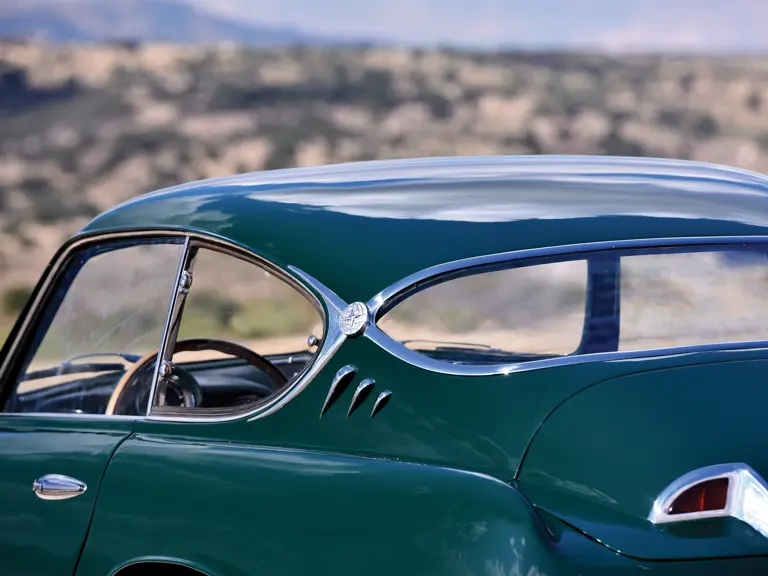



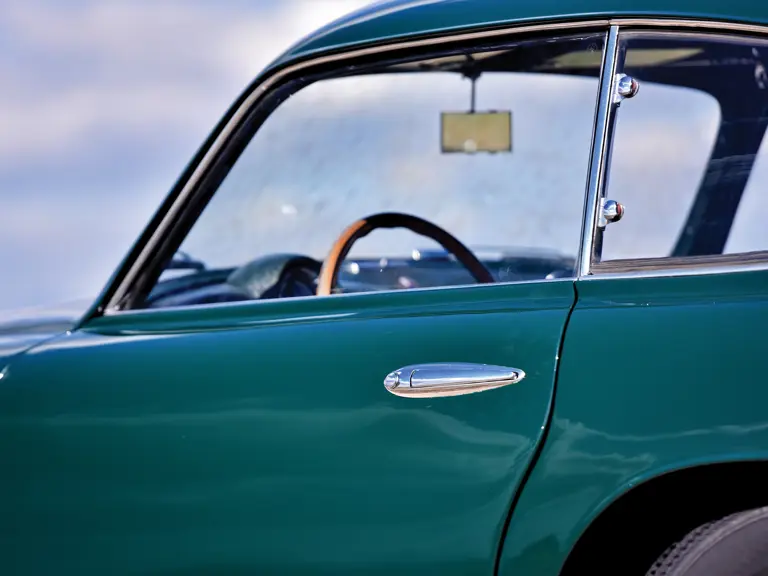
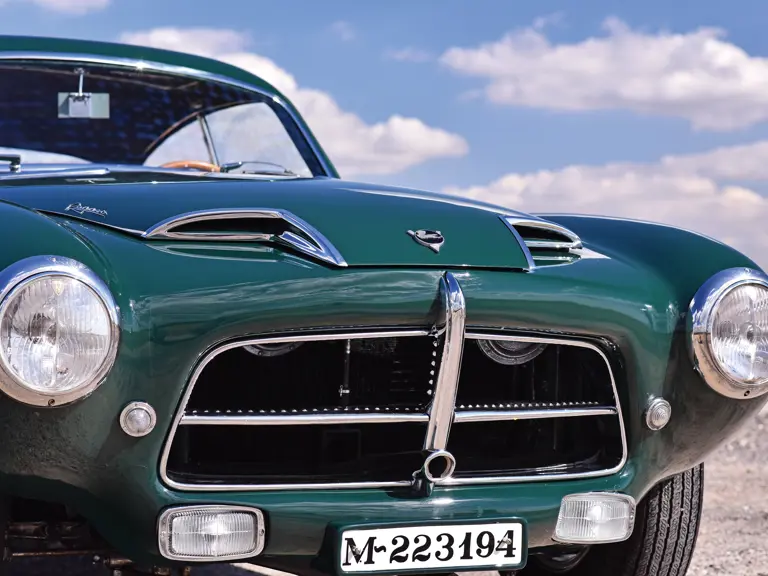
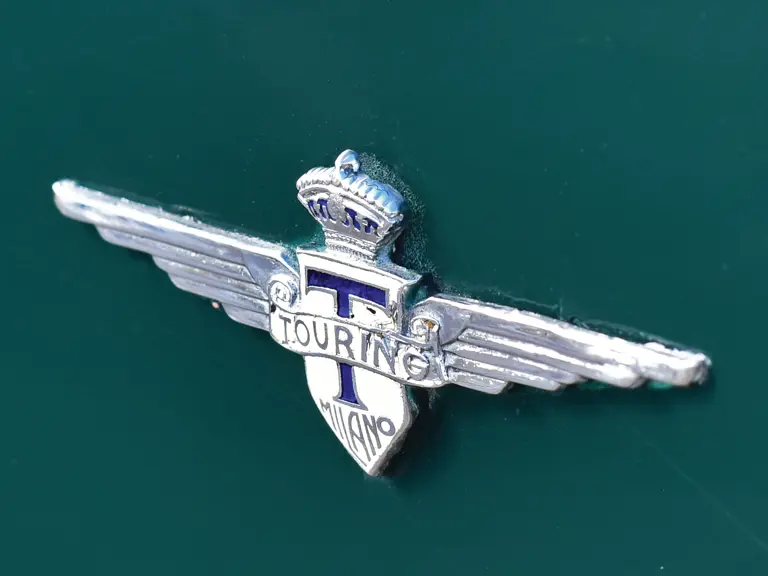
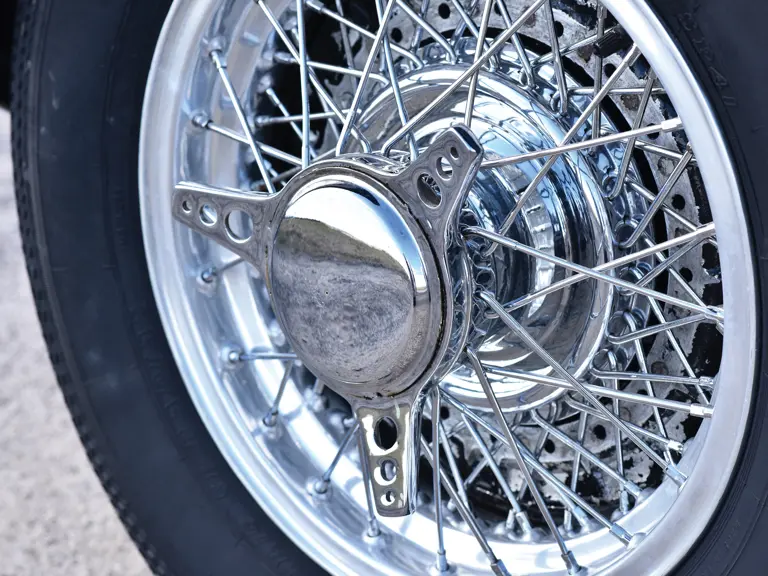


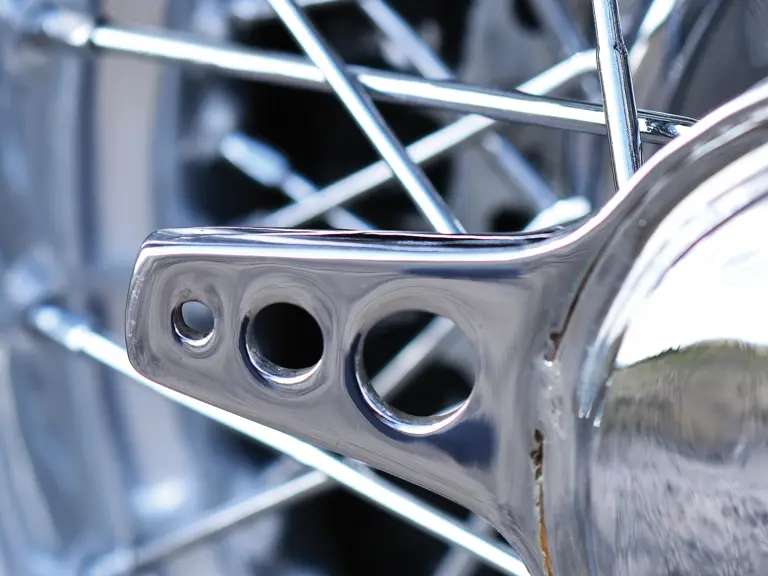
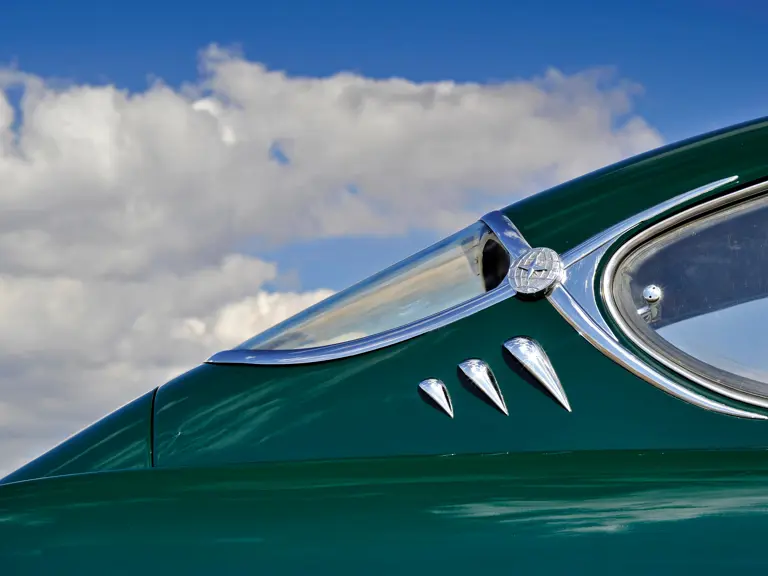
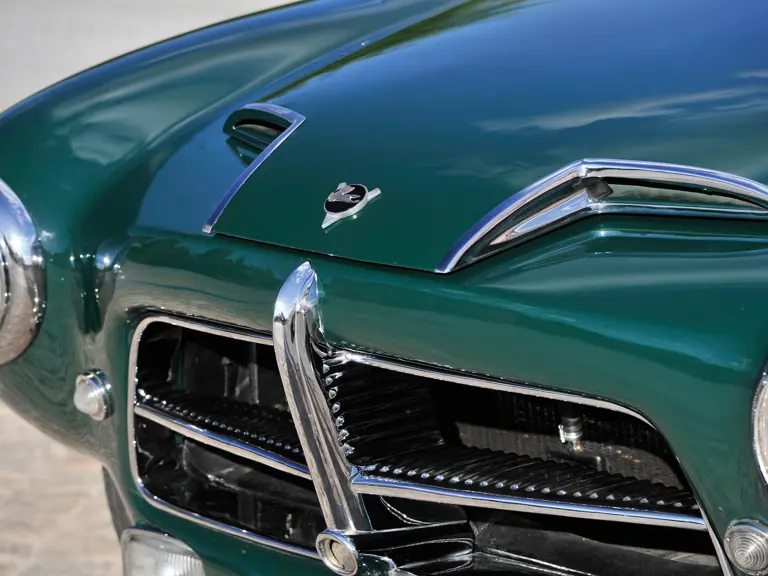
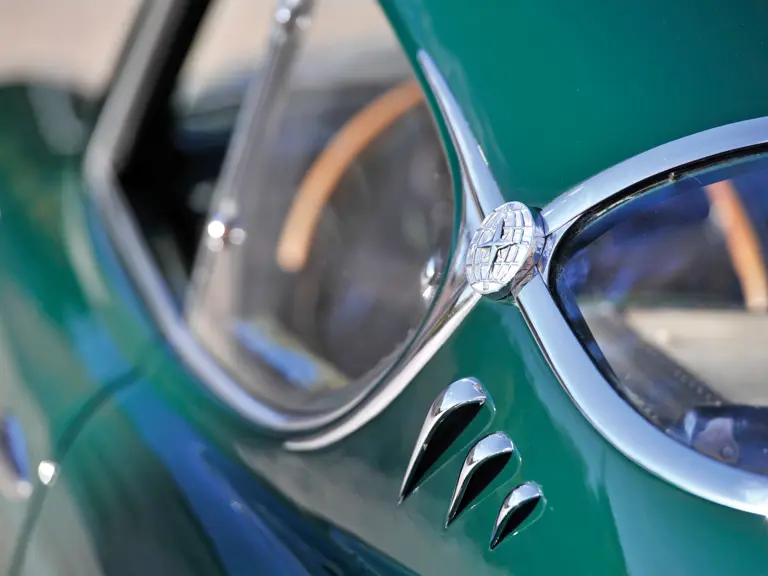

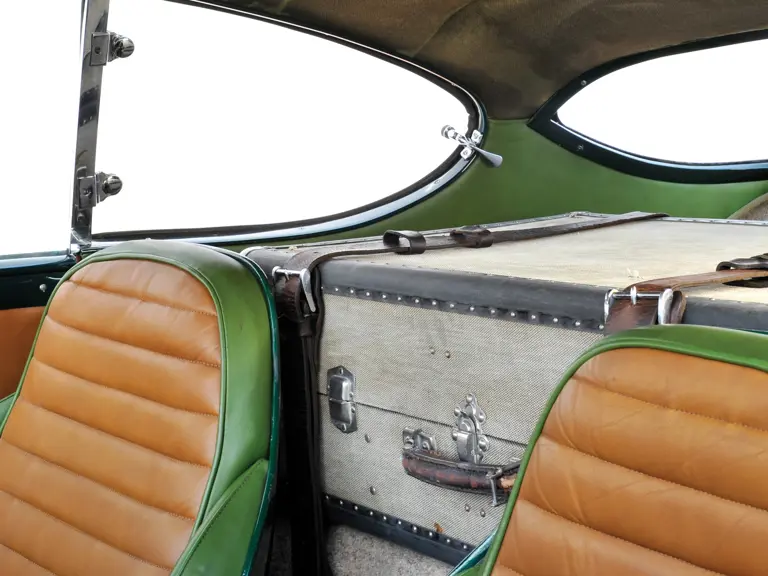

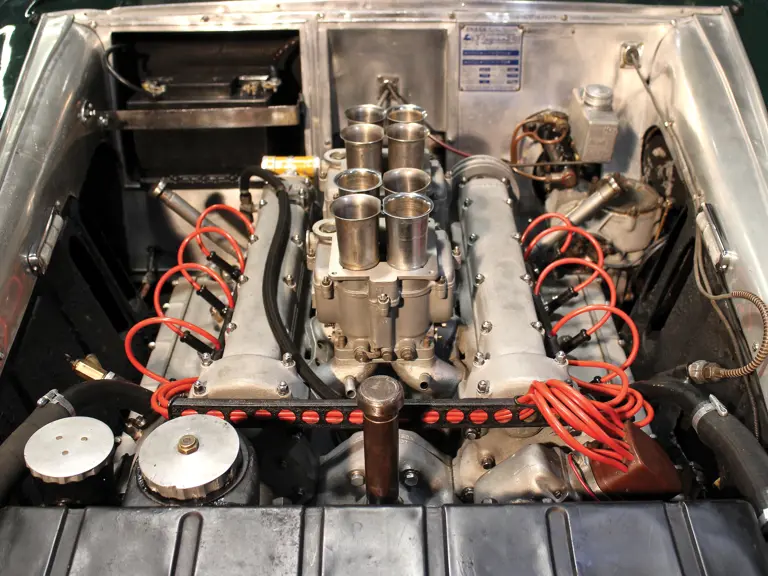
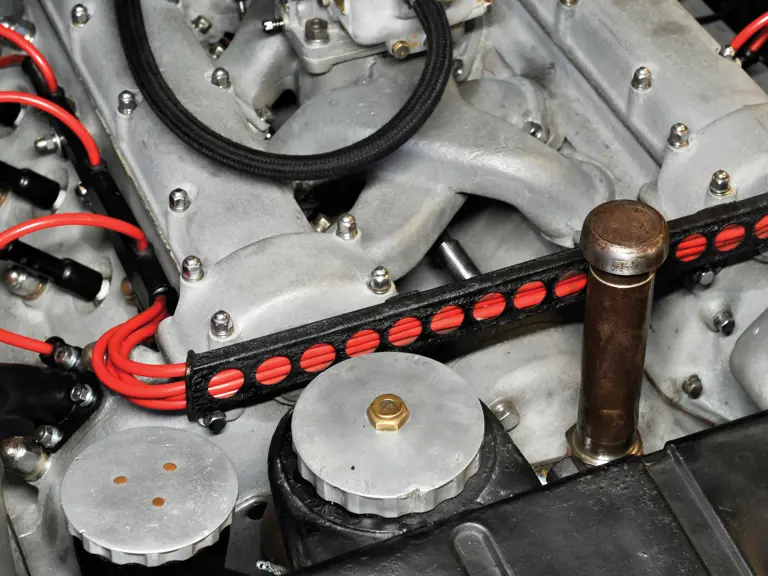

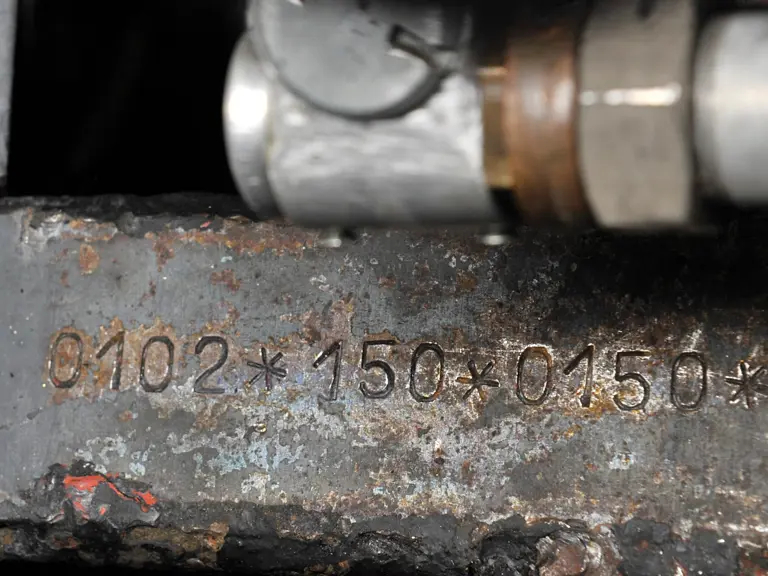

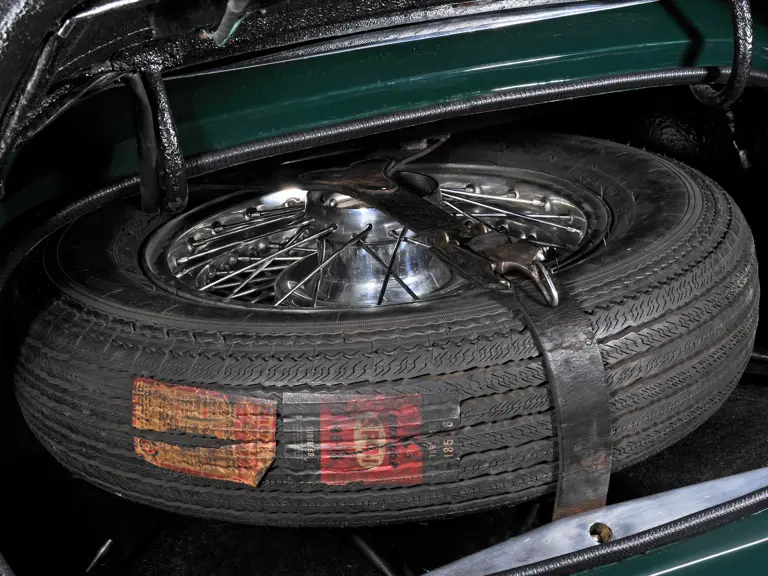
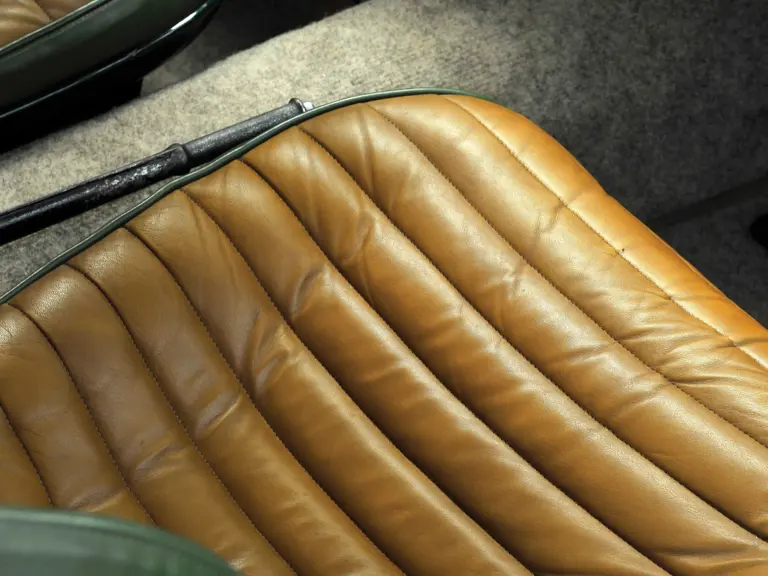

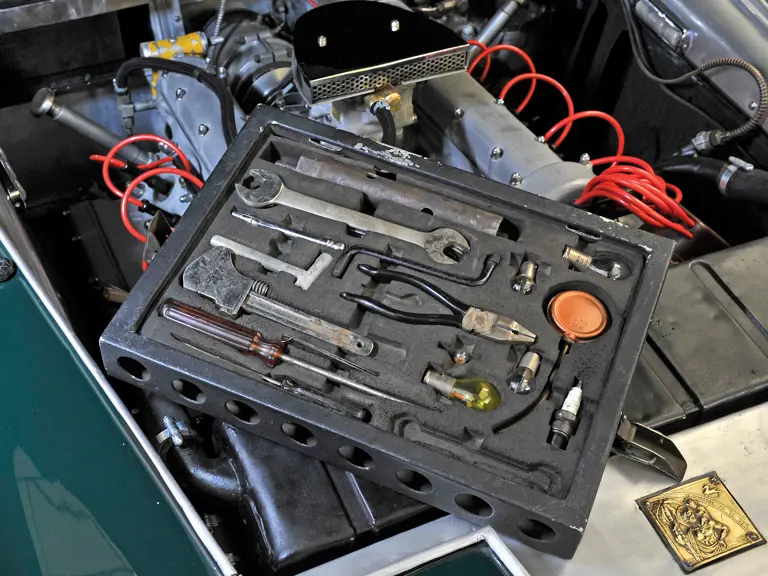
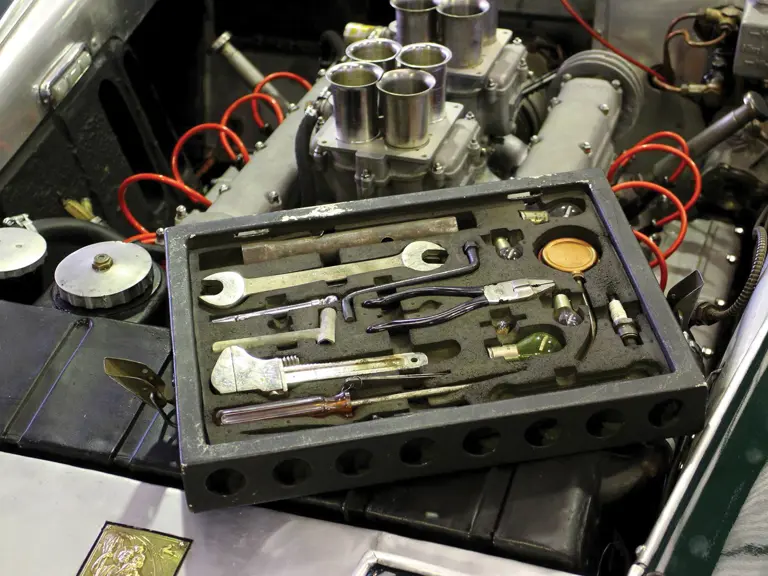
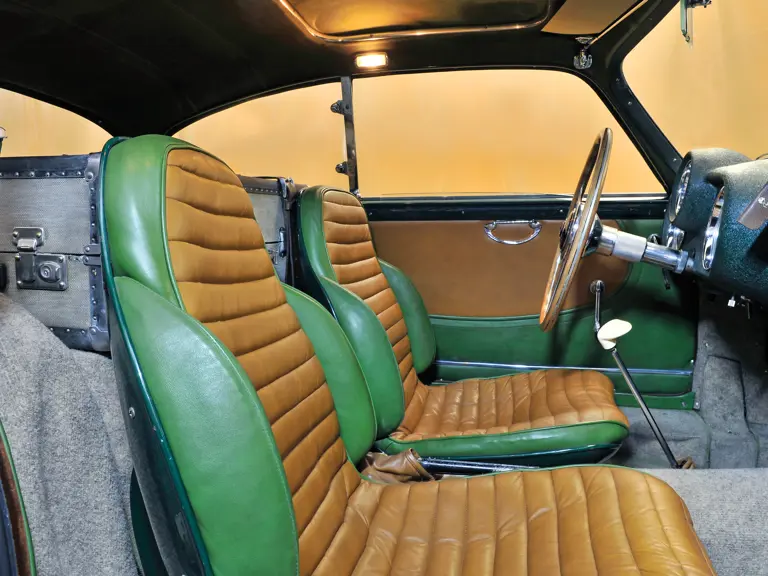
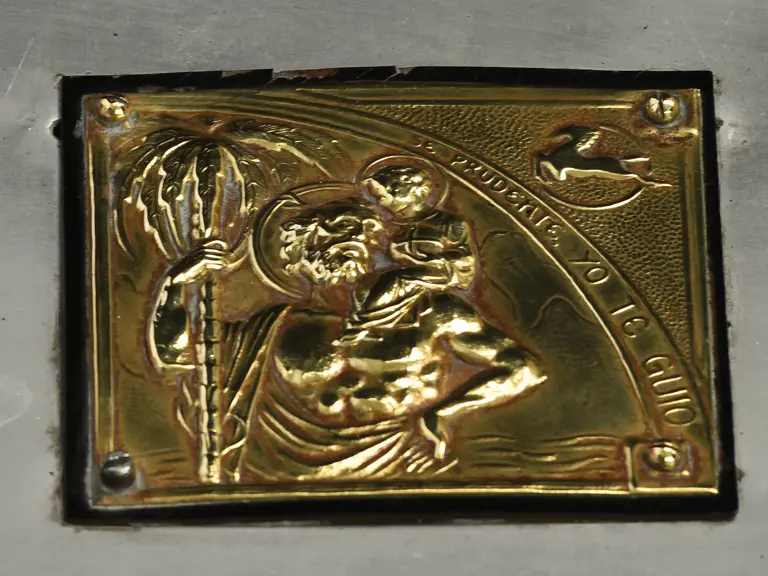
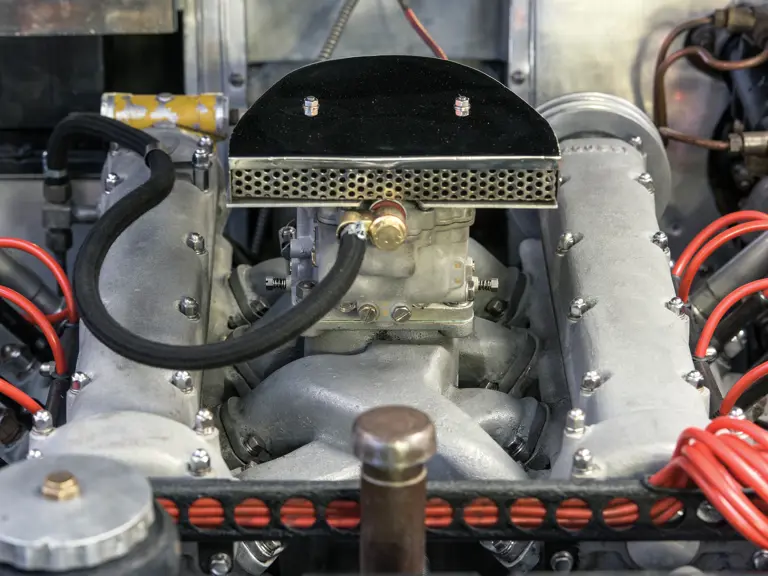
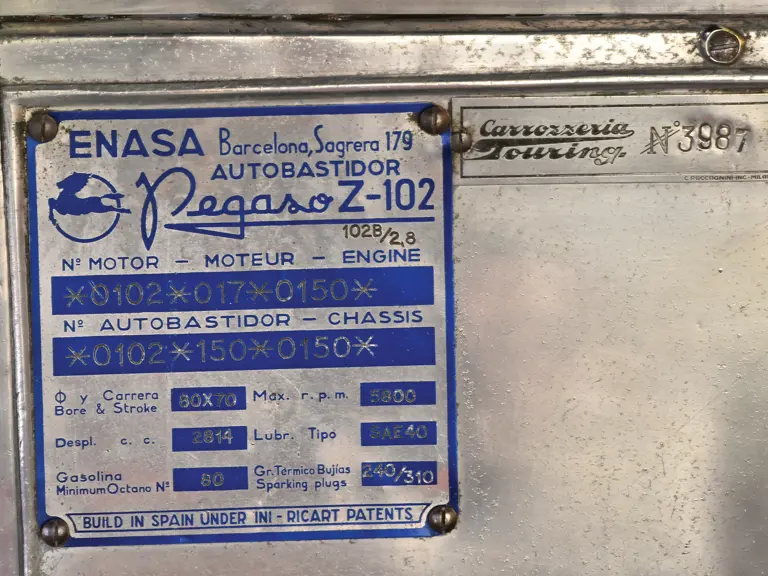


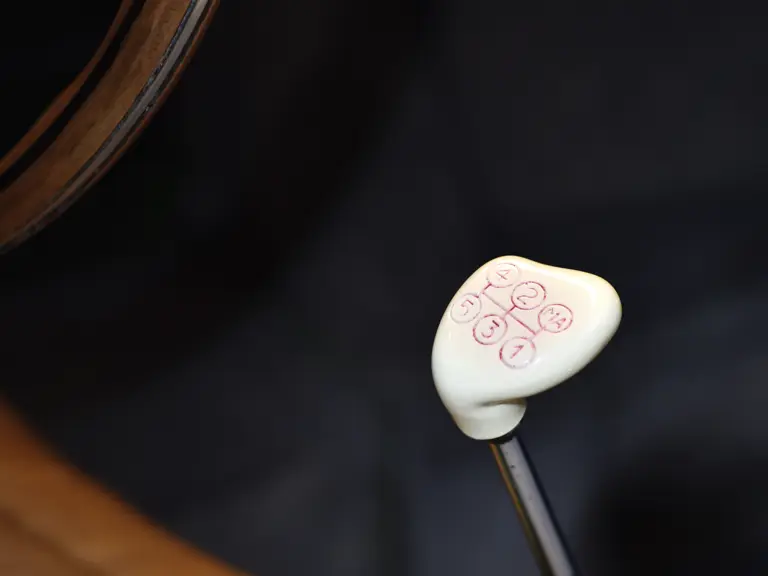
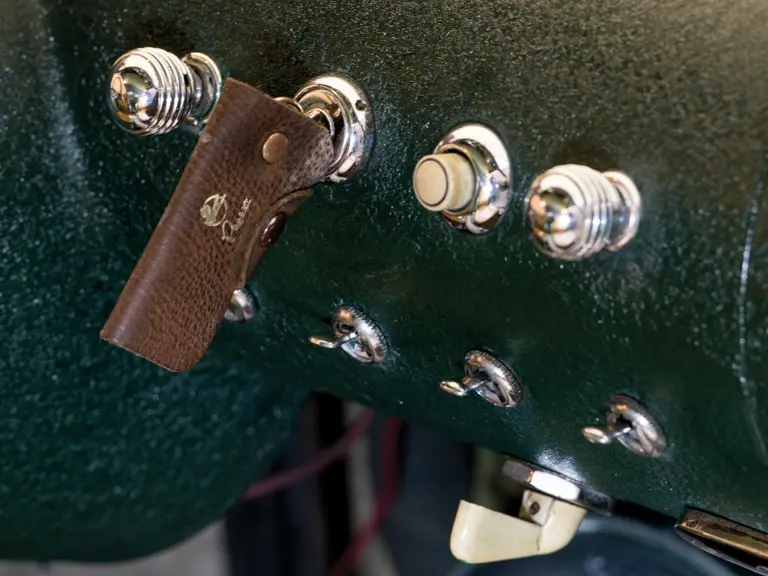


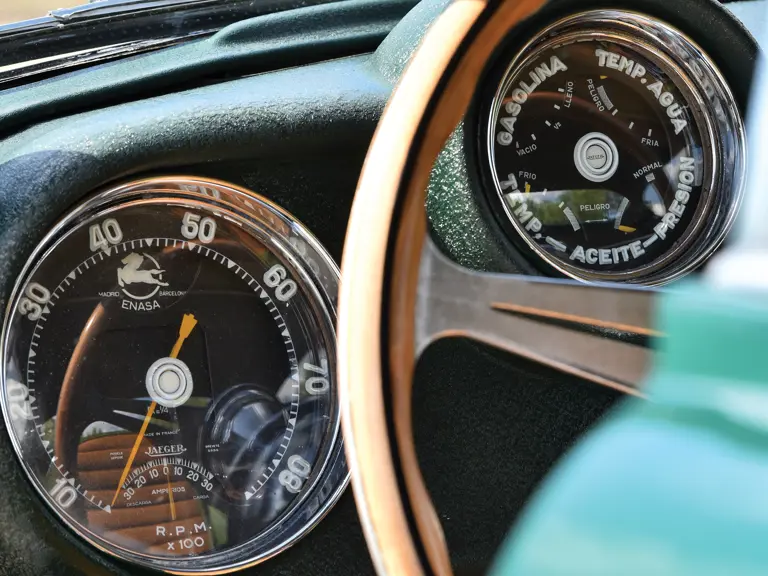
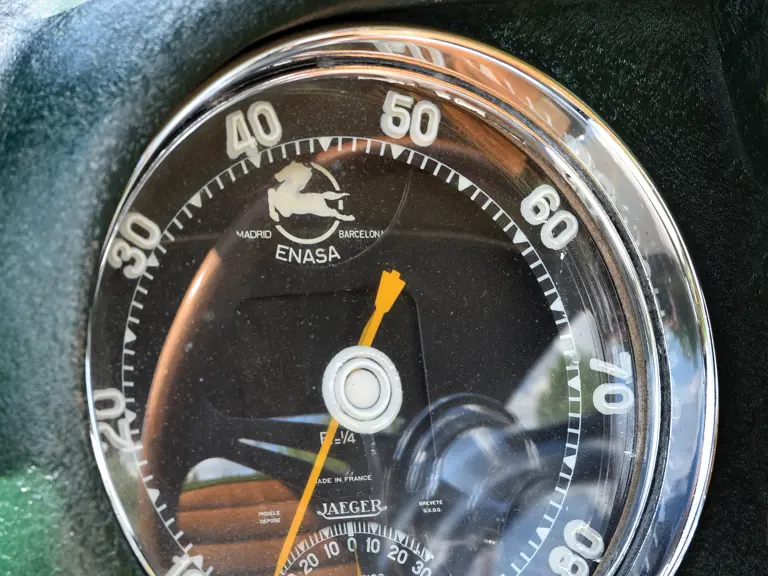
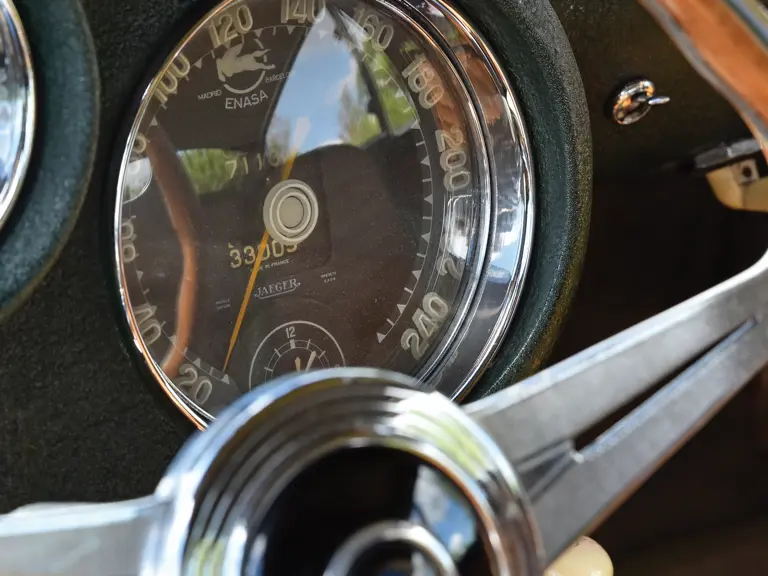


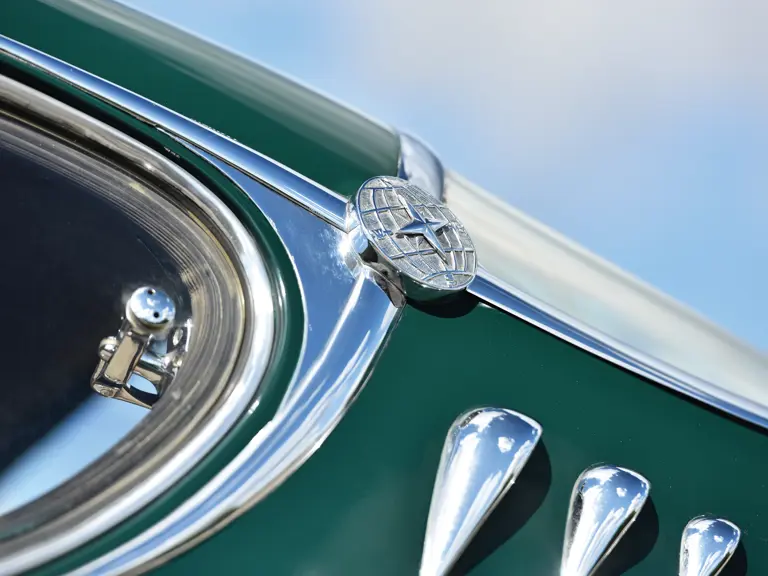
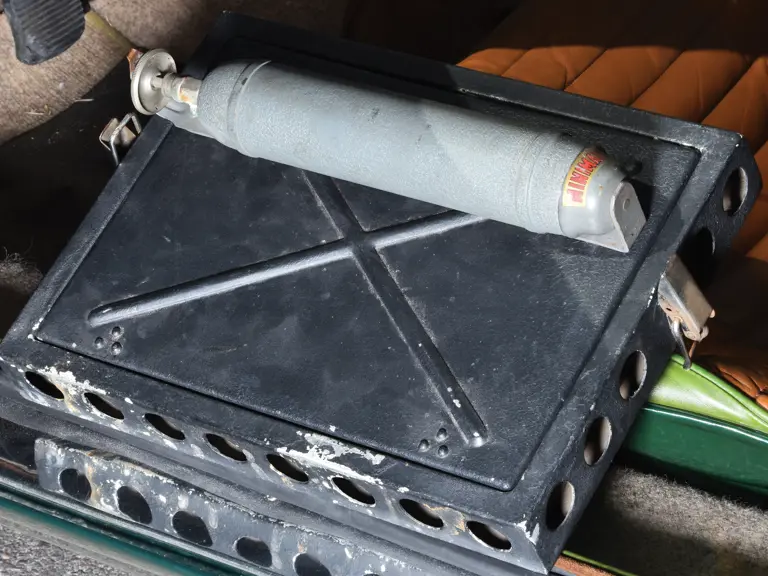
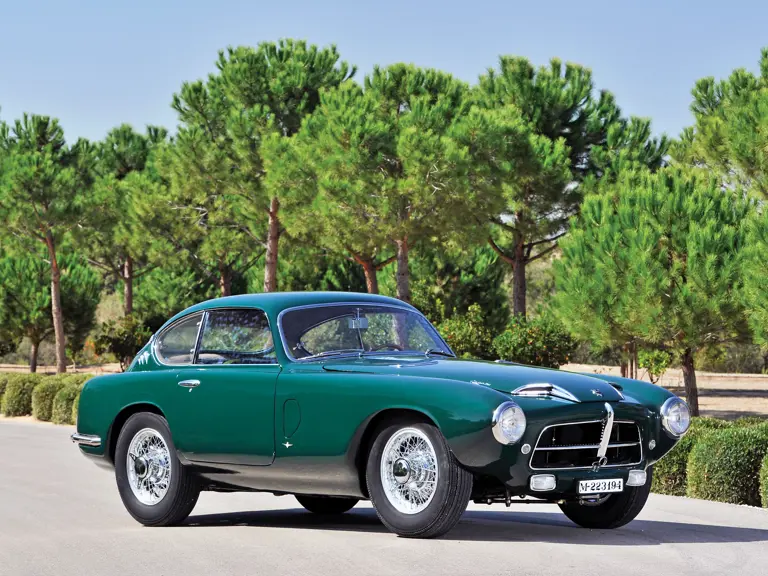
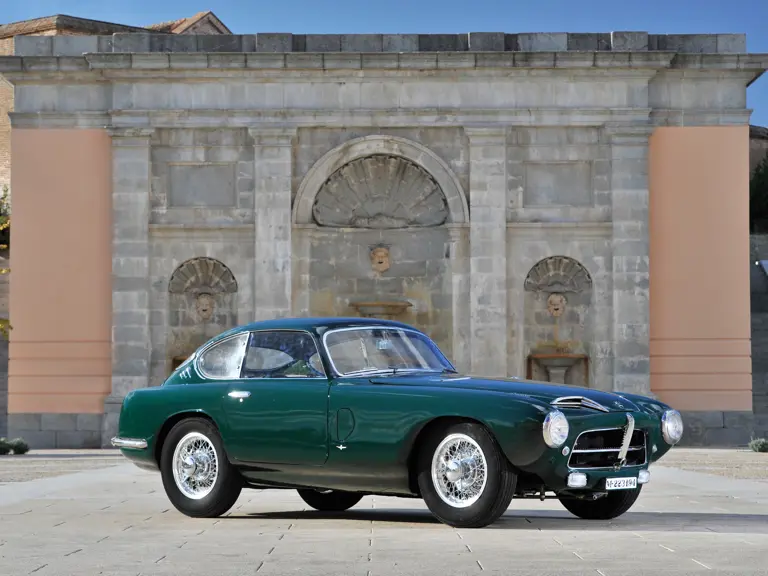
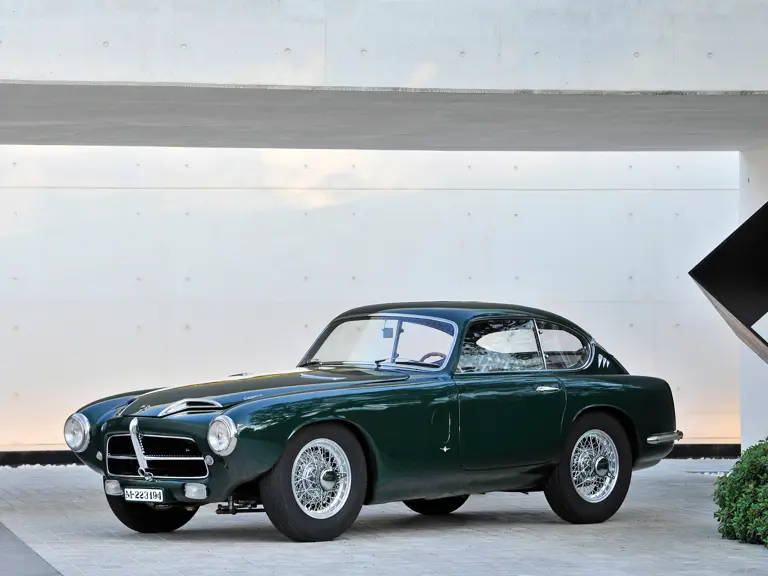
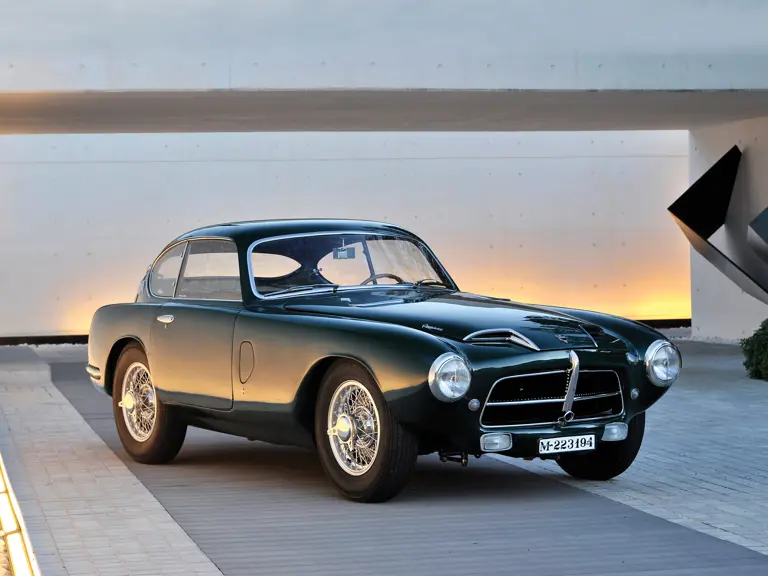

 | New York, New York
| New York, New York
